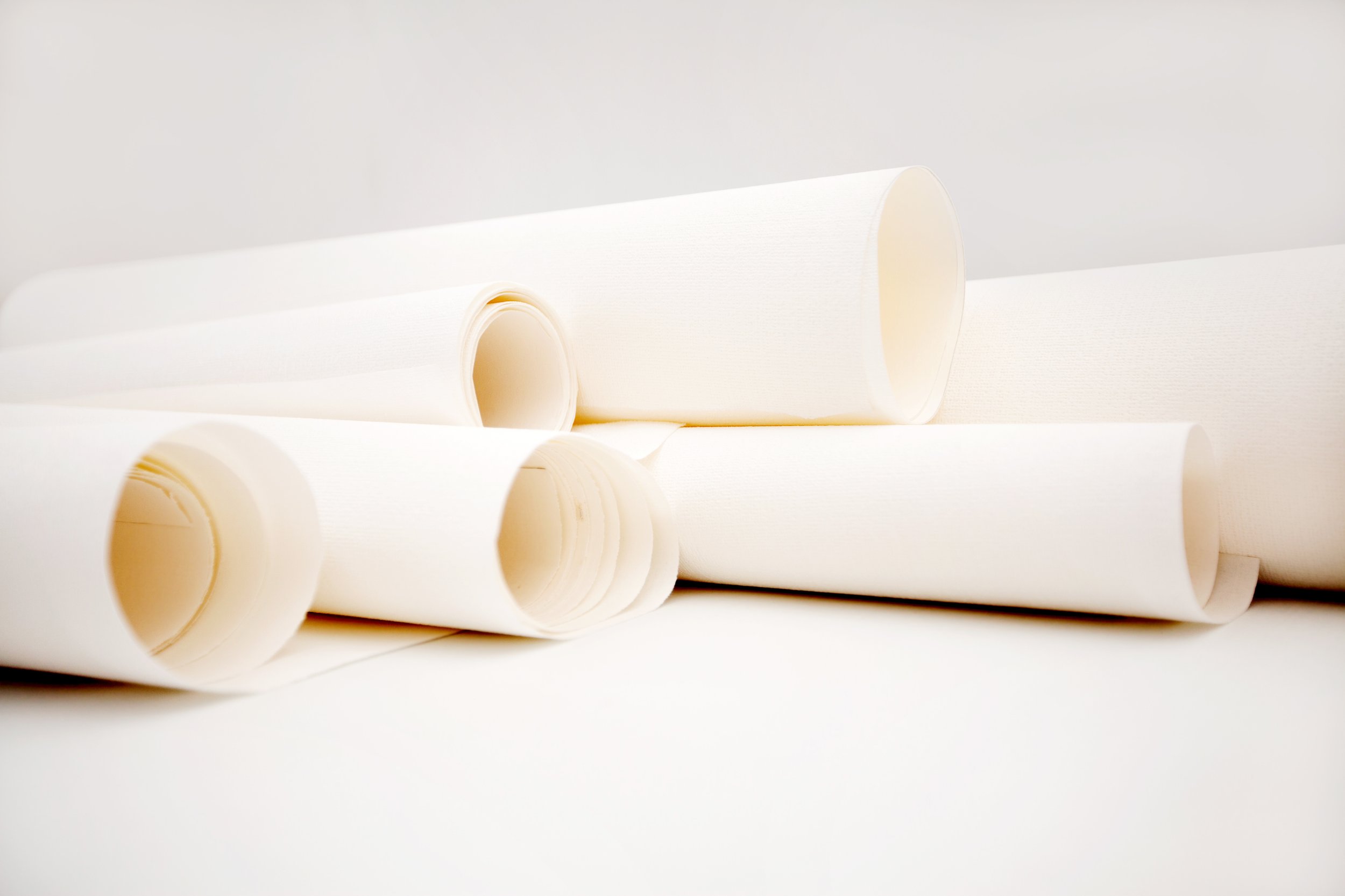3 Options for Getting Your Patterns Printed
You’ve got your patterns made and they exist digitally. What now? How do you get them on paper and work with the output?
Do you need patterns plotted or printed?
Everyone seems to use the words interchangeably but they have huge differences in output and cost, especially if you are shopping for your own set up. If you just need a pattern printout it’s easiest to say that you need a printout.
Plotters print based on a point based system that is defined in CAD programs. A program like Adobe Illustrator is vector based and prints lines, not points. For instance, I can plot, but I can't print anything from Illustrator directly because the coding is different. Plotters are useful because they are able to print simple shapes quickly with minimal ink. You may need a plotter if you are planning to print directly from, let's say, a Gerber system and need to print long printouts like markers.
Printers are usually slightly less costly than plotters and are able to print really smooth and clean lines directly from most programs and are able to include graphics and colors in a higher resolution. The only downside is that they are slow.
Option 1: Have your Patternmaker Print
Speaking for myself, I have 2 large format plotters to print out patterns. If you are doing pattern development with me I’ll send you a hard copy pattern as long as you pay for shipping. No additional fee. However, if you just need printing, such as a marker, paper is expensive and so is the ink and I have to charge for this.
If pattern printouts are something that you definitely need then be sure to coordinate with your patternmaker at the beginning. Plotters are expensive and not everyone has them.
The only downside of this is that shipments can be costly. If you are shipping only one pattern in an envelope, then the cost is around $8 via USPS. However, if you are shipping markers that must be shipped as a roll and the roll is hefty then it means that your box is going to be at least the width of you fabric. When I ship these, they are usually long skinny packages and the cost of domestic shipping usually starts around $40 via Fedex at the time of writing this.
Option 2: Find Someone Locally
If you know of anyone that has a plotter you should be able to transfer your digital files using a .DXF format or .PLT files. Sometimes this can be a hit or a miss, but it’s worth a shot.
If you are in a large metropolitan area you can find marker services that will be able to print your patterns from your DXF files.
Option 3: Take Your Pattern Files to a Big Box Store for Printing
This is probably the most accessible way for everyone to save on shipping costs. The only requirement for this is that you have to be fluent in Adobe Illustrator.
Here’s how it would work:
You ask for the output as a .AI file. This means that you will receive an Adobe Illustrator document from me which contains your pattern and all the sizes, if it has been graded.
Set up artboards that are 33” x 47”.
Make a box to represent a specific scale, such as 2” x 2” to ensure printout is to scale.
Arrange your pattern on each artboard. Depending on the size, you may have multiple artboards.
Save your file as a .PDF and email it to your printing service or transfer via USB stick. Emphasize to your printer that it should be printed as “actual size” no scaling.
Voila, printing without the shipping!

